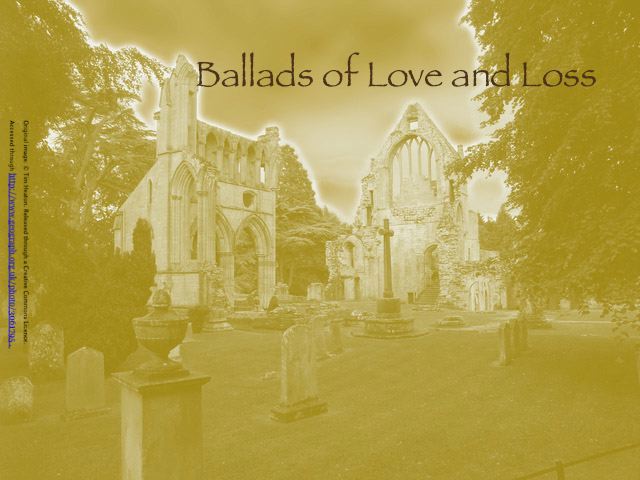The Lament of the Border Widow
This ballad first appeared in the 3rd volume of the 1803 edition of the Minstrelsy of the Scottish Border. Scott notes that it is a “fragment”, but does not add that it is actually a fragment of a different ballad, called “The Fair Flower of Serving Men”. He also mentioned that he received it “from recitation, in the Forest of Ettrick, is said to relate to the execution of Cokburne of Henderland, a border freebooter, hanged over the gate of his own tower, by James V” (Minstrelsy of the Scottish Border (1803) III 80). Scott leaves it unclear whether it was the singer that assumed the piece related to the death of the reiver, or whether he was responsible for connecting tradition and history to the ballad fragment.
History
James V was aware of the turbulent state of the Border and knew, or had been informed, that something had to be done to bring the Border riders back under the control of central government. A series of “expeditions’ were undertaken, in order to capture and execute the most notable “thieves”. To aid the government forces, many of the lords, such as Mexwell, Buccleuch, Ker and Bothwell were put in ward in Edinburgh Castle. The notable riders were targeted around the same time, when they did not have the protection of their sponsors and supporters.
The three notable riders, who are named in various historical accounts – most of which are contained in Pitcairn’s Ancient Criminal Trials – Adam Scott of Tushielaw, styled “the King of Thieves”, Johnie Armstrong of Gilnockie and William Cockburn of Henderland, wo is ment to be the historical source for the victim-character of this ballad.
While the recorded details are not what we would now expect from such a well-orchestrated assault, what seems to be clear is that William Cockburn of Henderland, like Adam Scott, was captured, taken to Edinburgh, and executed by beheading.
This is in contrast to the tradition, published by Scott in the Minstrelsy, that Henderland was hanged at his own doorway and his lady fled to a nearby glen, called the Dow Glen, where the precipitous Henderland Burn runs, so she could not hear the sounds of her husband’s execution over the rush of the water. Scott mentions that there were “vestiges” of Henderland’s tower remaining at the time of writing (1803).
You can read more about the architecture of Henderland’s tower here
Scott also mentions a gravestone in a graveyard close to Henderland’s tower, which has the inscription “Here lyes Perys of Cokburne and his Wyfe Marjory”. If we accept the accounts of various histories and chronicles, the tombstone at least must relate to another generation of the Cockburns of Henderland.
You can read more about the tombstone here
It is not stated what happened to Henderland’s body, although his head was spiked upon one of the gates of Edinburgh. It would have been common to dispose of the beheaded corpse in a common grave near the execution spot, but it is possible, although not probable, that his corpse was returned to the Borders.
